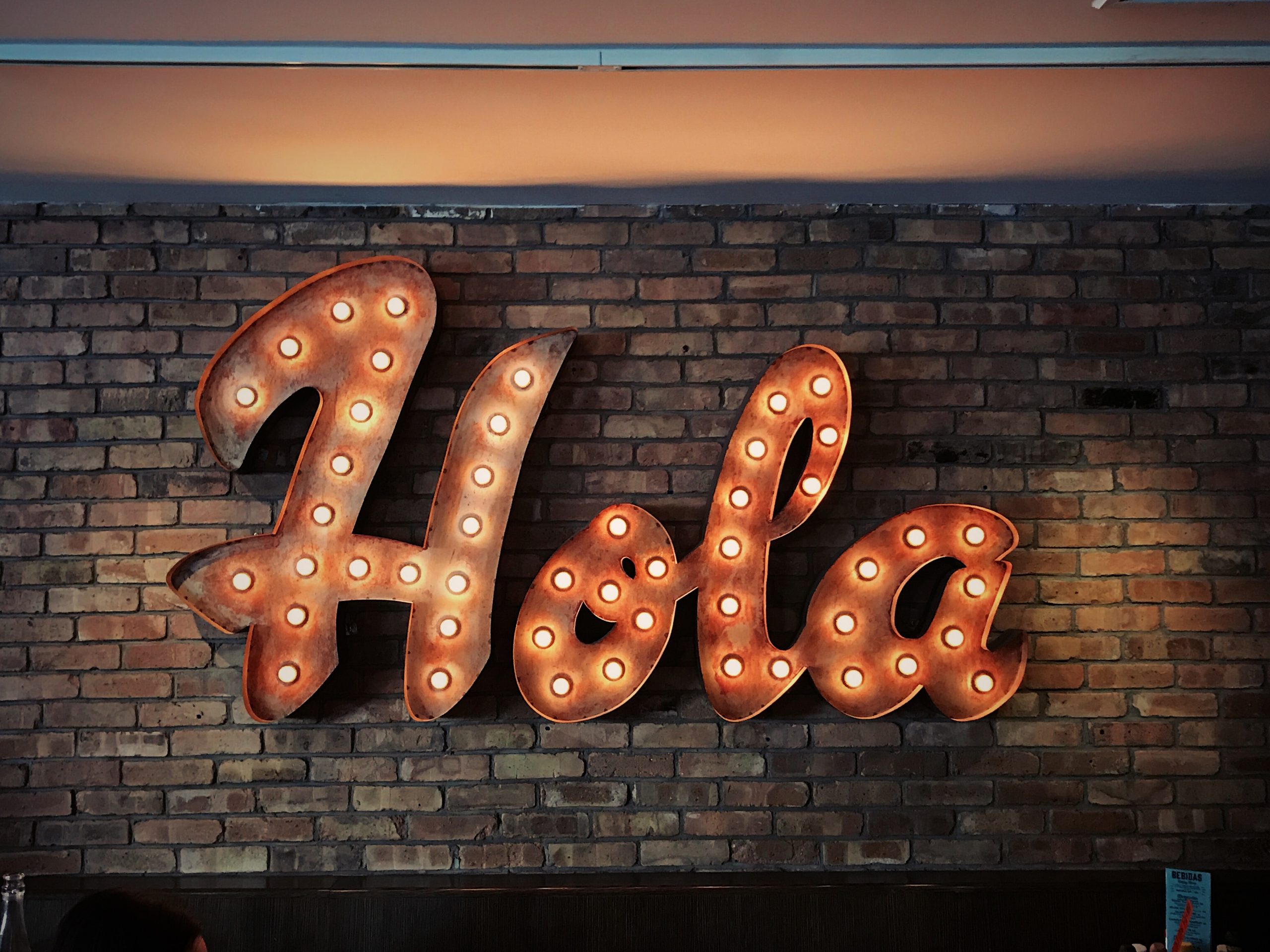The Art of Daoist Calligraphy: A Hidden Treasure
When we think of Daoism, we often imagine serene mountains, flowing rivers, and wise sages meditating under old trees. Yet, this ancient Chinese philosophy encompasses much more than just contemplation and harmonizing with nature. Daoism has manifested itself in various art forms throughout history, including painting, poetry, and the lesser-known but captivating art of Daoist calligraphy. In this article, we will dive into the world of Daoist calligraphy, exploring its origins, techniques, and profound symbolism.
Origins of Daoist Calligraphy
Daoist calligraphy emerged during the Tang Dynasty (618-907 AD) when Daoist monks began using a brush and ink to transcribe sacred texts such as the Dao De Jing onto scrolls. The act of writing itself was considered a spiritual practice, a way to connect with the essence of Dao. Over time, Daoist calligraphy developed its distinct style and symbolism, intertwining the principles of Daoism with the art of writing.
Techniques and Tools
To create Daoist calligraphy, one must possess not only a profound understanding of the Dao but also mastery over ink, brush, paper, and the art of writing. The brush, typically made from bamboo or animal hair such as wolf or rabbit, plays a crucial role in conveying the artist’s emotions and energy onto the paper. It requires years of practice to control the flow of ink and create the desired variations in line thickness.
The paper used in Daoist calligraphy differs from regular calligraphy papers. Xuan paper, also known as rice paper, is favored for its absorbent quality, allowing the ink to spread and diffuse. This unique paper texture adds depth and character to the calligraphy strokes, enhancing its visual impact.
The ink used in Daoist calligraphy is traditionally made from soot mixed with animal glue and other natural ingredients. The ink’s consistency and balance are essential to achieving the desired effect, with variations in ink density allowing the calligrapher to convey different emotions and energies in their strokes.
Symbolism in Daoist Calligraphy
Like other forms of Daoist art, calligraphy is rich in symbolism and deeper meanings. The strokes and characters carry profound philosophical insights, reflecting the principles of Daoism. One of the key elements in Daoist calligraphy is the concept of “wu wei” or non-action. Daoists believe that true wisdom lies in natural spontaneity and simplicity, and this philosophy is mirrored in the simple yet powerful brushstrokes of Daoist calligraphy.
The act of writing itself becomes a meditative practice, with the calligrapher embodying the essence of Dao. The flow of the brush and the rhythm of the strokes capture the dynamic balance between yin and yang, creating a harmony between the physical act and the spiritual intention.
Famous Daoist Calligraphers
Throughout history, many renowned calligraphers have emerged within the Daoist tradition. Wang Xizhi, a calligrapher from the Eastern Jin Dynasty (317-420 AD), is considered one of the greatest calligraphers in Chinese history. His work embodies the spirit of Daoist calligraphy, with its flowing strokes and effortless balance.
Another notable figure is Sun Guoting, a Tang Dynasty Daoist monk who is known for his exquisite brushwork. His calligraphy reflects the serenity and spontaneity of Daoist philosophy, capturing the essence of nature in his writing.
Appreciating Daoist Calligraphy
Daoist calligraphy is not only an art form but also a profound means of expression. Each stroke, curve, and dot represents more than mere words on paper; it embodies the artist’s energy, intent, and connection to the Dao. To truly appreciate Daoist calligraphy, one must delve deep into its philosophical roots, understanding its symbolism and the messages it conveys.
When viewing Daoist calligraphy, it is important to approach it with a contemplative mindset. Allow the strokes and characters to guide you on a philosophical journey, reflecting on the timeless wisdom of Daoism.
Preserving an Ancient Art
In today’s fast-paced world, with digital technology prevailing, the art of Daoist calligraphy faces the risk of fading into obscurity. However, dedicated artists and enthusiasts are working tirelessly to preserve this ancient tradition.
Calligraphy schools, workshops, and museums offer opportunities for aspiring calligraphers and art enthusiasts to learn the techniques, appreciate the beauty, and delve into the spiritual depth of Daoist calligraphy. By supporting these initiatives and spreading awareness about this extraordinary art form, we can contribute to its preservation for future generations.
In Conclusion
Daoist calligraphy is a hidden treasure within the world of Daoism, offering a visual representation of its profound philosophies. Through its unique techniques and deep symbolism, this art form captivates the viewer and invites them to contemplate the timeless wisdom of the Dao. By recognizing and preserving the beauty of Daoist calligraphy, we ensure that this ancient art will continue to inspire and enlighten for generations to come.
Table of Contents
